Revisiting the Stunning F.P. Journe Chronomètre Optimum
Or how to make the best possible time-only watch...
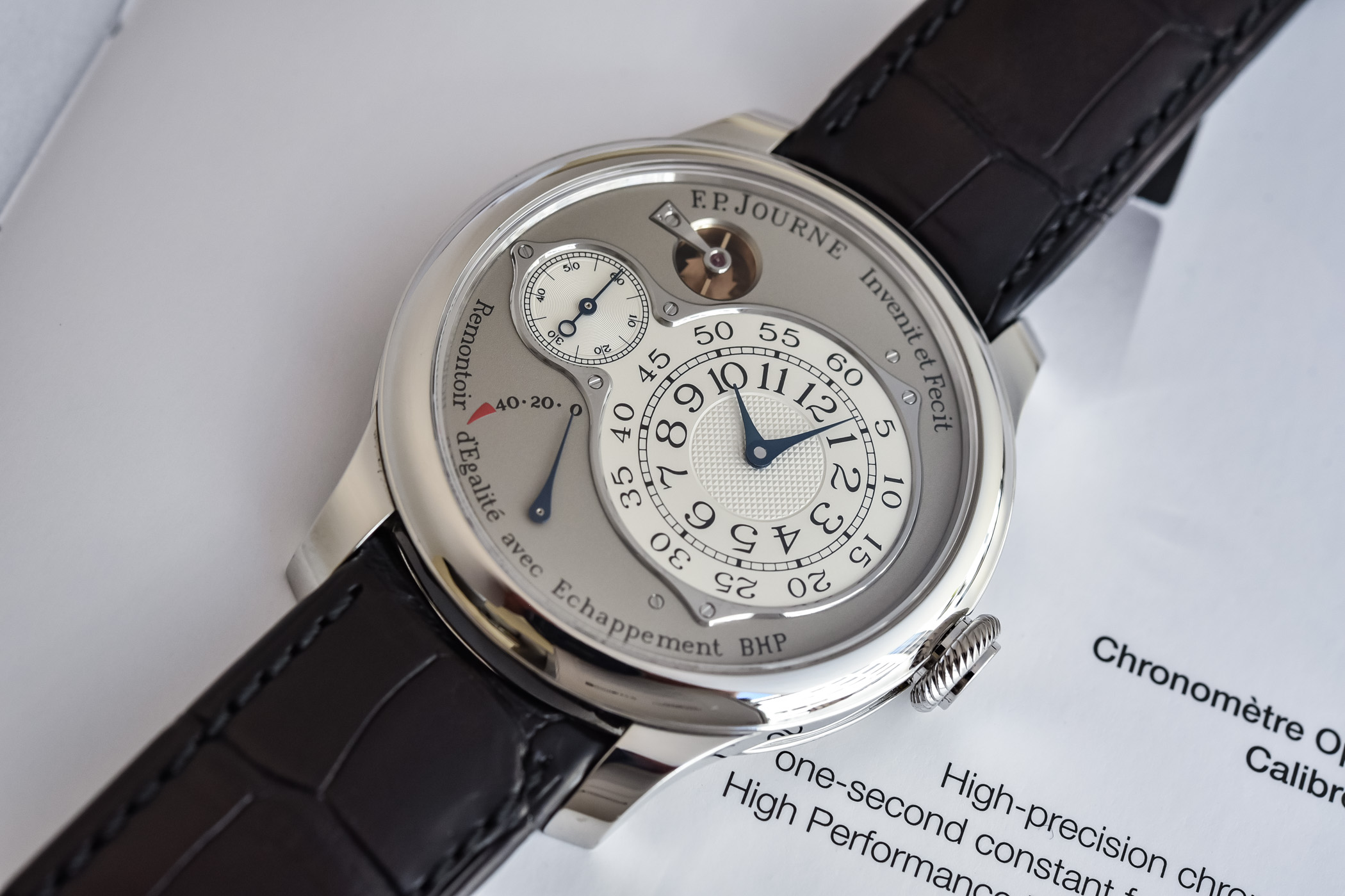
Generally, the watch industry, collectors and even we tend to celebrate high-end watchmaking through complications. There’s something fascinating about the idea of combining multiple functions in a limited space, making sure that the movement runs perfectly despite its complexity. But to me, and to more and more enthusiasts, there’s another idea that might surpass everything else, and that is to make the perfect time-only watch: an over-engineered watch that only displays the time. This is a topic we discussed with one of our recurring collectors here, and watchmaker François-Paul Journe has made this field his speciality. And to illustrate this, we thought it was high time to revisit the F.P. Journe Chronomètre Optimum.
The Chronomètre à Résonance or even the Tourbillon Souverain Vertical are already great examples of this genre of Haute Horlogerie. We can even mention watches such as the Breguet Tradition 7047 Fusée Tourbillon or the Armin Strom Resonance as watches that fall exactly in this definition. Overbuilt, overly-complex, over-engineered watches that only display the time. Making a watch that stacks 10 complications is certainly not easy, but taking the idea of the time-only watch and redefining its concept to make it even more capable – meaning more precise or less sensitive to external elements – takes us back to the very heart and essence of watchmaking. And, in a way, it is genuinely fascinating.
François-Paul Journe is certainly no stranger to the complication watch. Indeed, the man has demonstrated his skills with a perpetual calendar, several chiming watches or even the Astronomic Souveraine with its combination of calendar indications, constant-force tourbillon and chiming complication. But if I had to keep in mind one style of watches by Journe, it would definitely be his chronometers – whether the classic Chronomètre Souverain, the Tourbillon Souverain, the Chronomètre à Résonance, and my favourite of them all, the Chronomètre Optimum we’ll be re-discovering today. All of these watches have something in common, and that is to deliver the best possible chronometry on a time-only watch. And, as you’ve guessed by its name, the Optimum could well be the crowning achievement of F.P. Journe in this field.
The F.P. Journe Chronomètre Optimum is the result of a quest that started in 2001, with the idea of creating a watch with superior precision that echoes the very essence of traditional watchmaking in a wristwatch format. François-Paul Journe is widely known for his passion for history and his respect for some of the greatest names in watchmaking history, such as Berthoud, Breguet or Janvier. They certainly had a great influence on his work and most of his watches in the Souveraine collection have been designed following concepts developed/perfected by some of these men. As explained by Journe himself, each watch in the collection has its own advantages. The Chronome?tre a? Re?sonance “achieves a constant rate when exposed to movement on the wrist. This watch is very accurate because its rate is not affected when the watch is worn.” For the Tourbillon Souverain, he explains that “the classic tourbillon is not generally a very good watch, but combined with a constant force remontoire, its stability is guaranteed“, which can be explained by the fact that the tourbillon was first developed for pocket watches. Finally, the Chronome?tre Souverain “has the same accuracy as the Chronome?tre a? Re?sonance but does not cancel out the effects of being worn“.
The SCience behind the F.P. Journe Chronomètre Optimum
The whole philosophy behind the Chronome?tre Optimum is “an ongoing quest for precision, innovation and excellence”, a watch “endorsing the accomplishment of F.P.Journe’s chronometric research“. With the Chronomètre Optimum, Journe condenses many years of research and development, implements ideas he had over the entire course of his career, and combines several existing solutions that were already tested in previous watches. But that’s not all, as this watch also comes with a fair amount of innovation, specifically for the original configuration of the escapement. And the result is a watch that is entirely devoted to the fine art of chronometry.
At first, you could regard this Chronomètre Optimum as an evolution of the Chronome?tre Souverain. The “plus” version of this watch, in a way. But if this isn’t entirely wrong, it would be somehow rather reductive. The Optimum encapsulates the finest technologies the brand has developed in a single watch. So let’s break down the movement to understand what makes it such an overbuilt timepiece.
Looking at the 18k gold plate and bridges, a signature element of most modern movements by F.P. Journe, the first thing to catch the eye is the dual-barrel configuration, something that was already found on the Chronomètre Souverain. This double-barrel with its two springs ensures the stability of the driving force. Because the barrels are mounted in parallel (and not in series), they are the first link in the chain to deliver stable torque to the gear train and escapement. The parallel configuration isn’t there to increase the length of the power reserve (that would be the objective of barrels mounted in series) but to smoothen the delivery of energy. As such, and if not the only “trick” used in this movement to create constant force, it’s already the first step to improving the chronometry over the whole range of the power reserve.
The second step in the kinetic chain is the constant-force remontoire, which is there to balance the driving force delivered by the barrels and then applied to the escapement, to make it constant. This system, which was already a central element of the very first wristwatch by Journe (the Tourbillon Souverain prototype completed in 1991), has also been implemented in the Chronomètre Optimum. The whole idea of the remontoire d’égalité is to add an extra gear in the gear train to cancel the effect of the decreasing torque on the escapement. This is an independent system that is wound in short spurts by the mainspring, and then releases the same amount of energy every second – thus, the torque delivered to the escapement is smoothened and this ensures the balance’s isochronism. On the Chronomètre Optimum, the remontoire is made, for the first time, in titanium, thus being lighter.
Following the course of the kinetic chain, we arrive at the most important element of the F.P. Journe Chronomètre Optimum, which is its very special and patented escapement. Known as the EBHP or High-Performance Bi-Axial Escapement, this device, probably the most noticeable element of the watch, was designed alongside the rest of the movement back in 2001. However, in the meantime, Journe devoted his energy to the creation of other models, such as the Sonnerie Souveraine, the Centigraphe or the Re?pe?tition Souveraine. But he returned to this idea and started to design and conceive this EBHP escapement. As François-Paul explains: “The basic premise was to make a watch with less internal friction, a constant force on the escapement to ensure isochronism and an escapement without lubrication to ensure stability.” The two barrels in parallel, which eliminate the lateral pressure to which the great wheel is subjected, exert a more stable force on the wheel train, while the remontoire improves isochronism, making sure that the watch gets constant amplitude for the first 45 hours of power reserve.

Then comes the exotic dual-wheel escapement, a concept inspired by the work of Abraham-Louis Breguet and his natural escapement. The specificity of the EBHP is that it is a two-wheel direct impulse escapement that functions without oil and is the only direct impulse escapement to start up on its own. This means that the escapement wheels supply impulses directly to the axis of the balance. The High-Performance Bi-axial escapement features an arbour and wheels made of titanium and is capable of delivering constant amplitude for the first 50 hours of the power reserve. In addition, the chronometric balance with inertia weight is fitted with a spiral with Phillips curve, which guarantees better equilibrium.
The watch itself
Enough about the (fascinating) movement. The F.P. Journe Chronomètre Optimum is, after all, a watch… and a pretty stunning one, to be honest. The watch is designed in typical Journe fashion, as the display, the case and the elements of the dial are following the tradition started with the Tourbillon Souverain or the Chronomètre à Résonance. Visually, the case is exactly what you’d expect from a Journe watch; a domed bezel, strong lugs, a flat crown with a rope-like pattern, a caseback with deep engravings…
Available either in 18k red gold or in 950 platinum as presented here, it can be ordered in two sizes, meaning 40mm or 42mm – with a preference here for the 40mm and its slimmer bezel profile. It is worn on a classic alligator strap closed by a pin buckle matching the case material, but platinum or gold bracelets are also available. The colour of the dial depends on the material chosen and is necessarily matching, meaning gold-coloured when ordering a red gold model, or matte silvered when going for the platinum edition.
As for the display, the F.P. Journe Chronomètre Optimum is clearly relying on the design language created by Journe in his early days, with off-centred indications on a silver guilloché dial with Clou de Paris pattern, framed by a steel polished element and visible screws. The hands and the numerals are also typical FPJ. This dial, in addition to the hours and minutes, features a small seconds subdial and two elements that echo each other; the power reserve indicator in the lower half and an aperture showing the remontoire in action in the upper half.
A few notes concerning the specifications and some notable points of this Chronomètre Optimum. The movement is finished with great care, as usual with F.P. Journe, with thin Geneva stripes, circular graining on baseplate, polished screw heads with chamfered slots and bevelled bridges, all in 18k rose gold. This calibre 1510 is running at a 3Hz frequency and can store up to 70 hours of power reserve. But, as explained above, the optimal range of operation concerns the first 45 hours of the power reserve, as indicated by the gauge on the dial, which reminds you that after 40 hours, and even if the watch is still running, it is preferable to wind the movement to benefit from its best chronometric performances.
The F.P. Journe Chronomètre Optimum is part of the brand’s permanent collection and is priced at CHF 87,900 in gold and CHF 91,800 in platinum. It’s certainly an impressive price for a “time-only” watch… but, as you’ve seen in this article, the Chronomètre Optimum is far from being just a time-only watch. It’s the best time-only watch of the brand. And one that best pays tribute to the very essence of watchmaking!
More details at www.fpjourne.com.

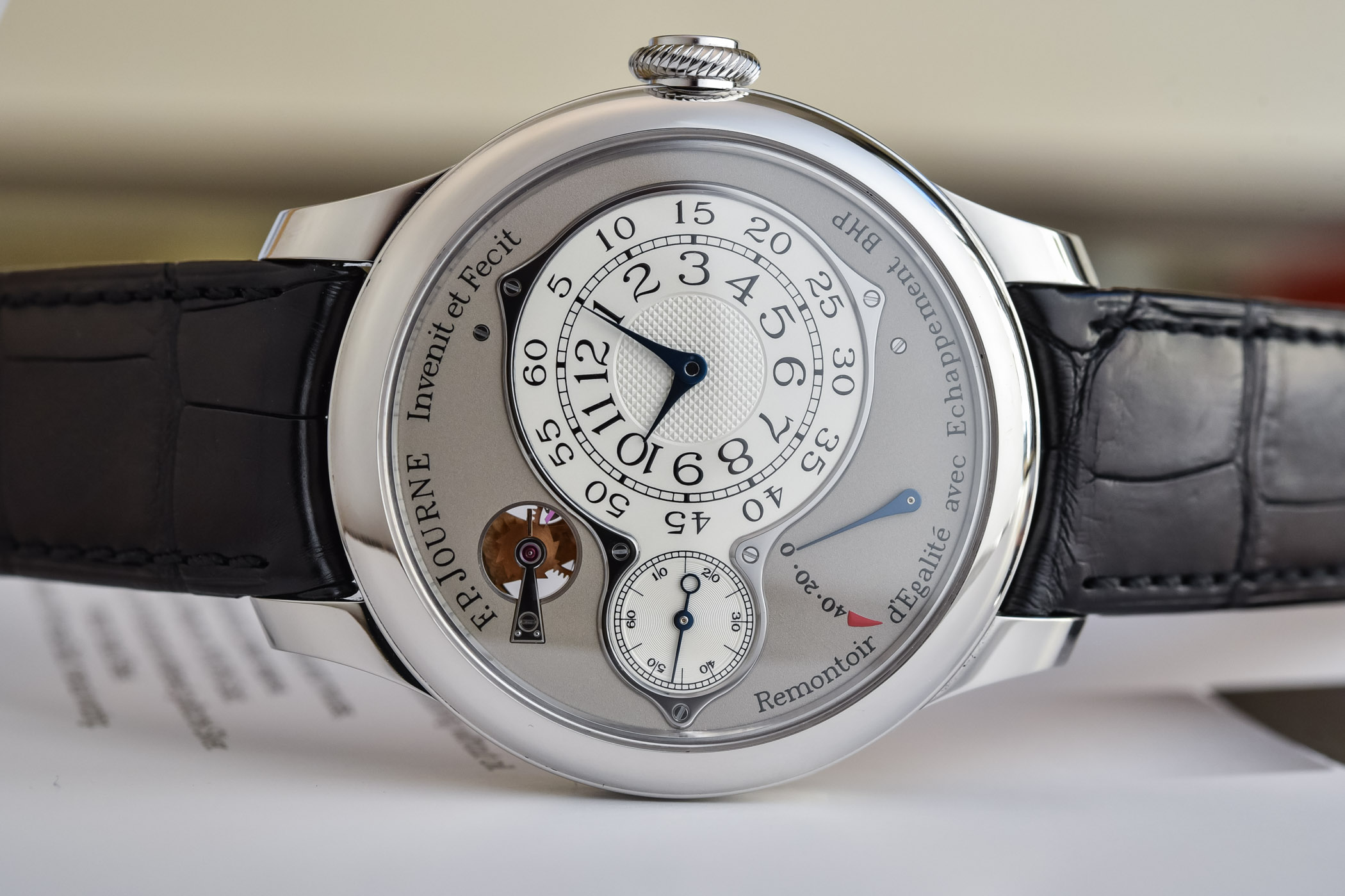

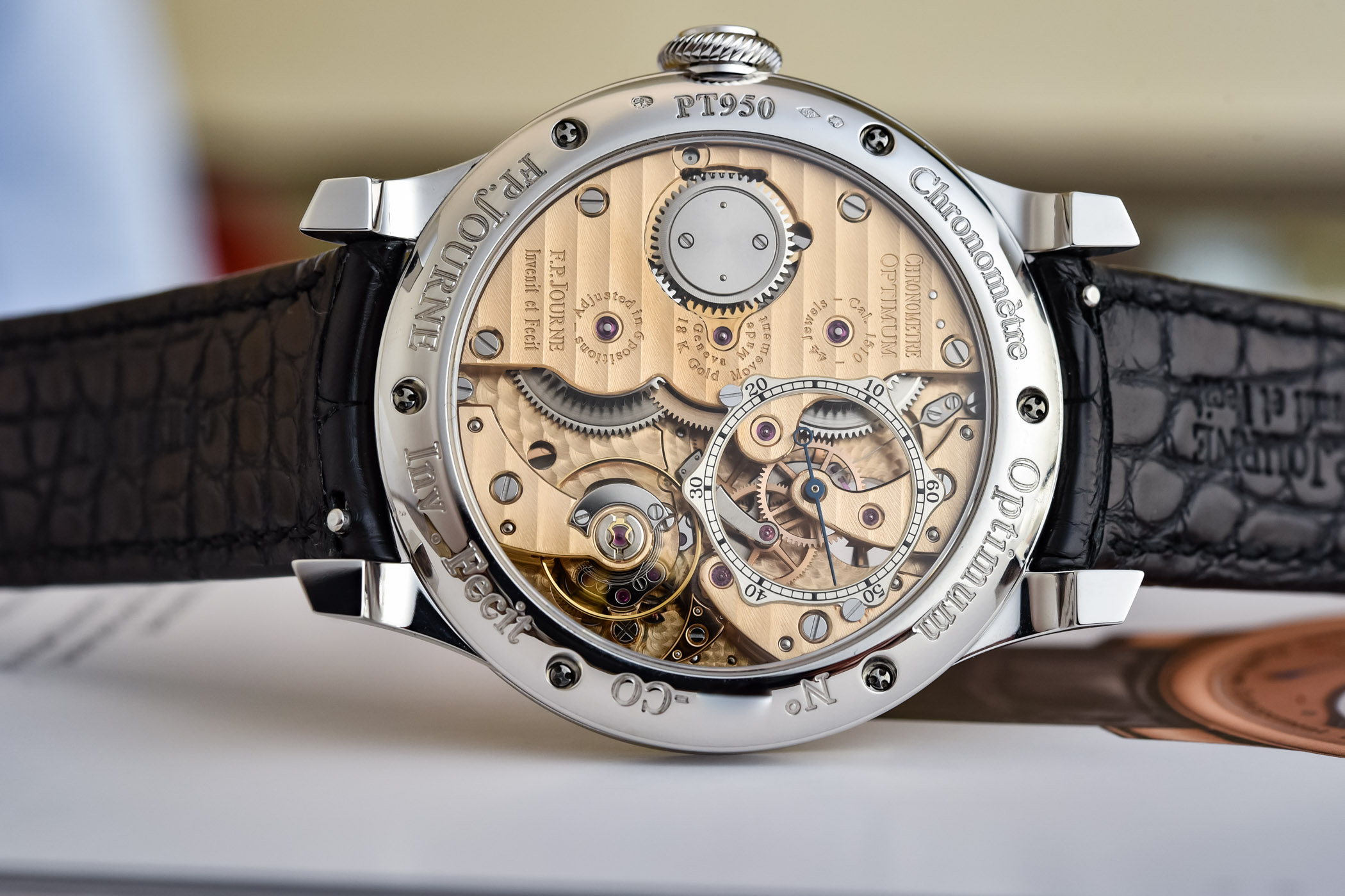

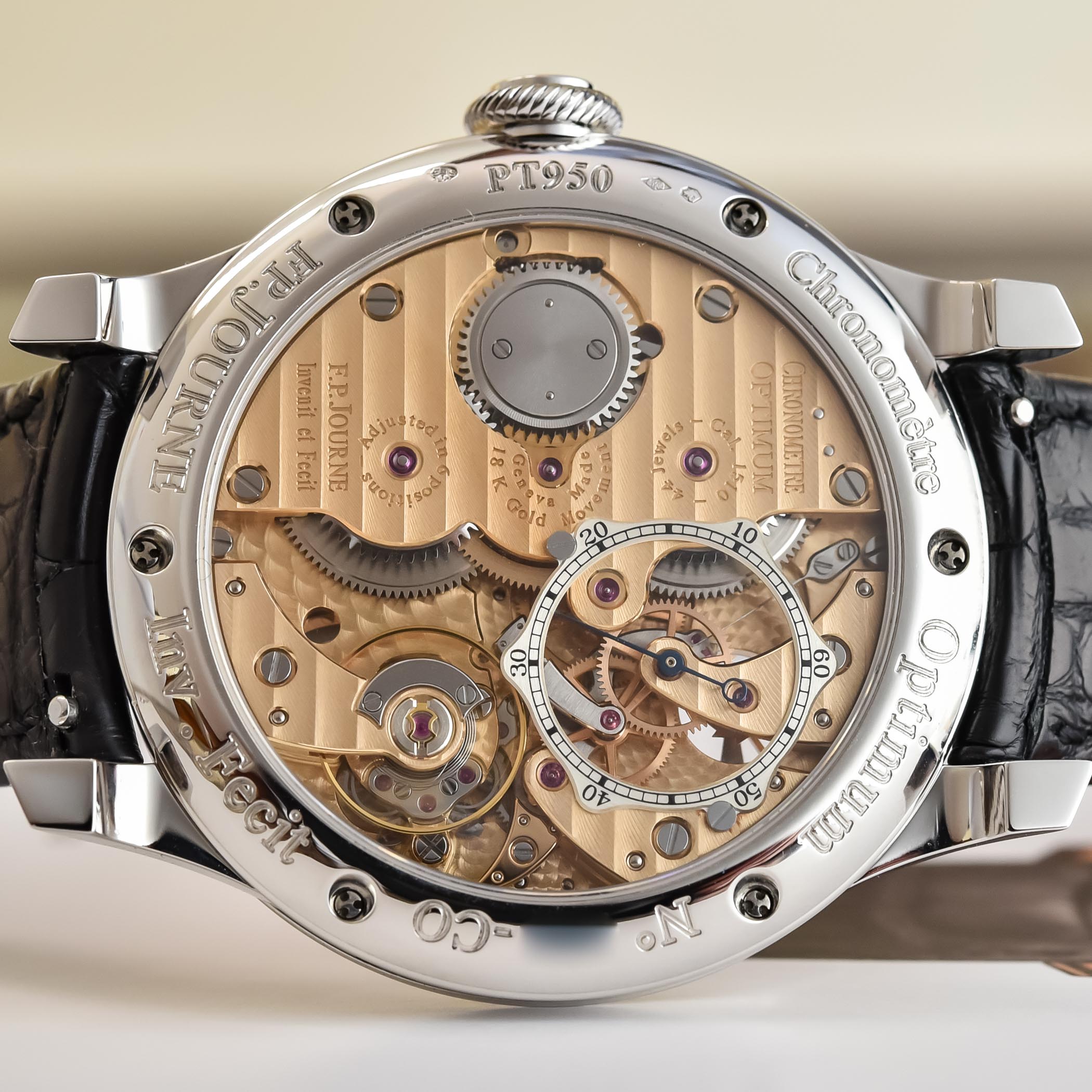
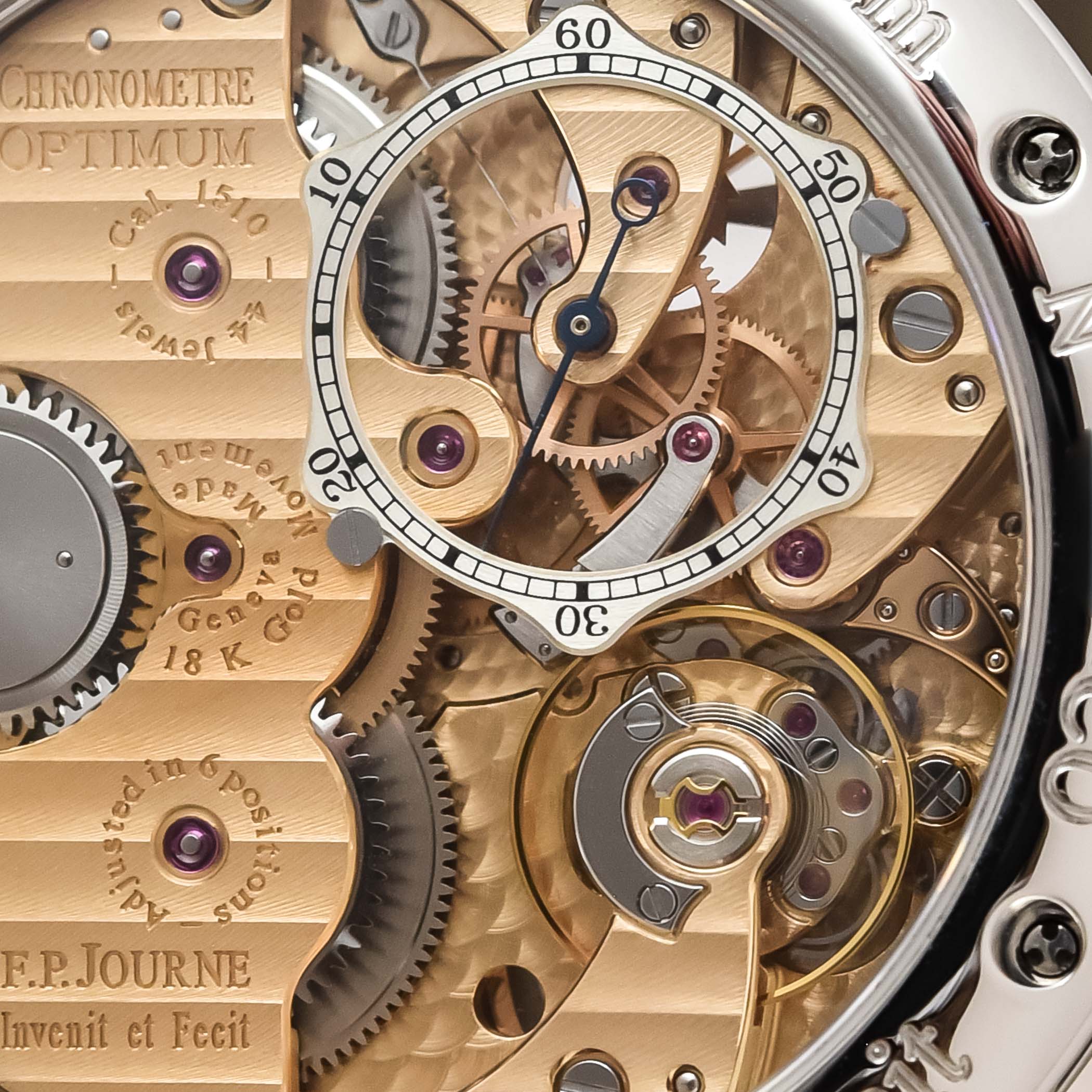

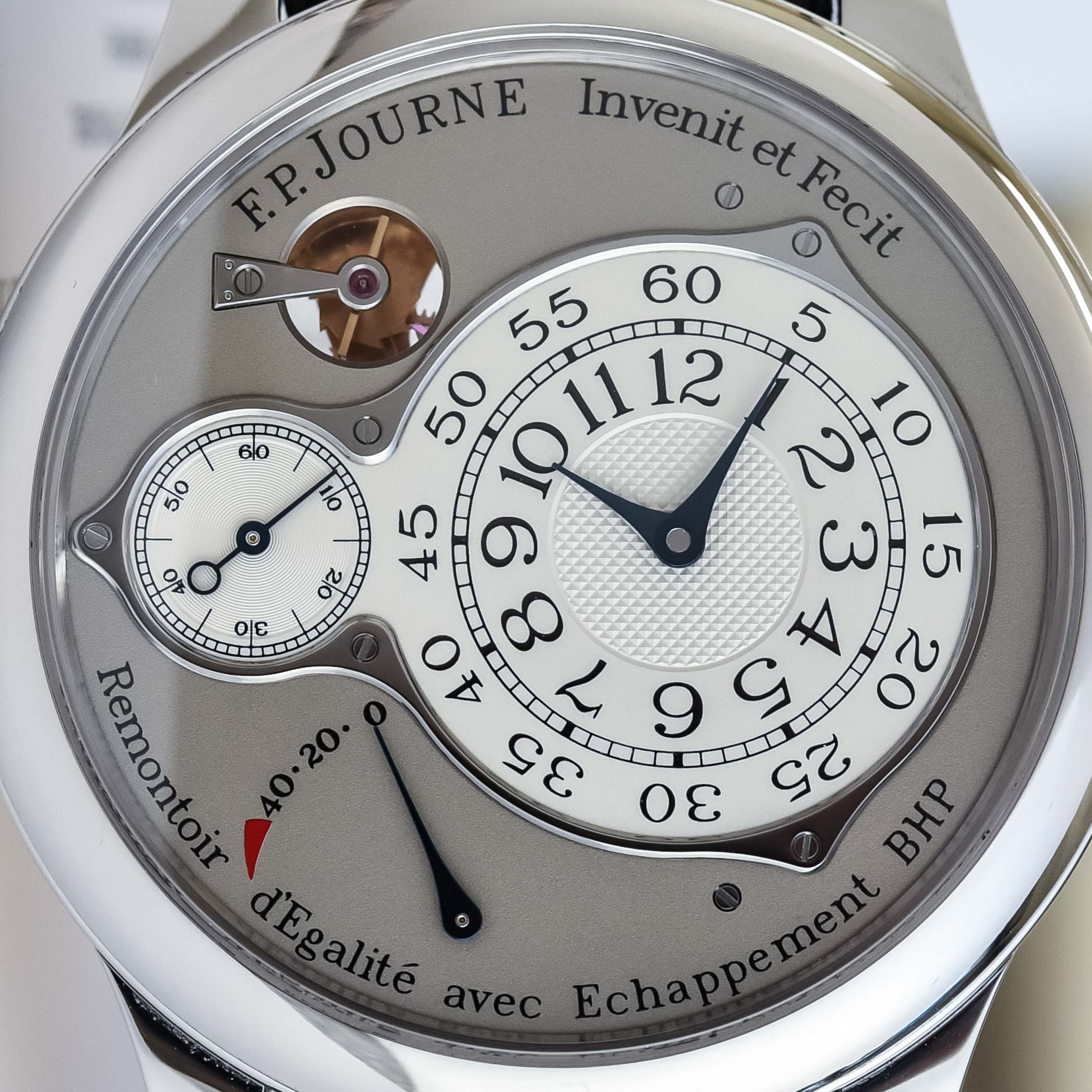
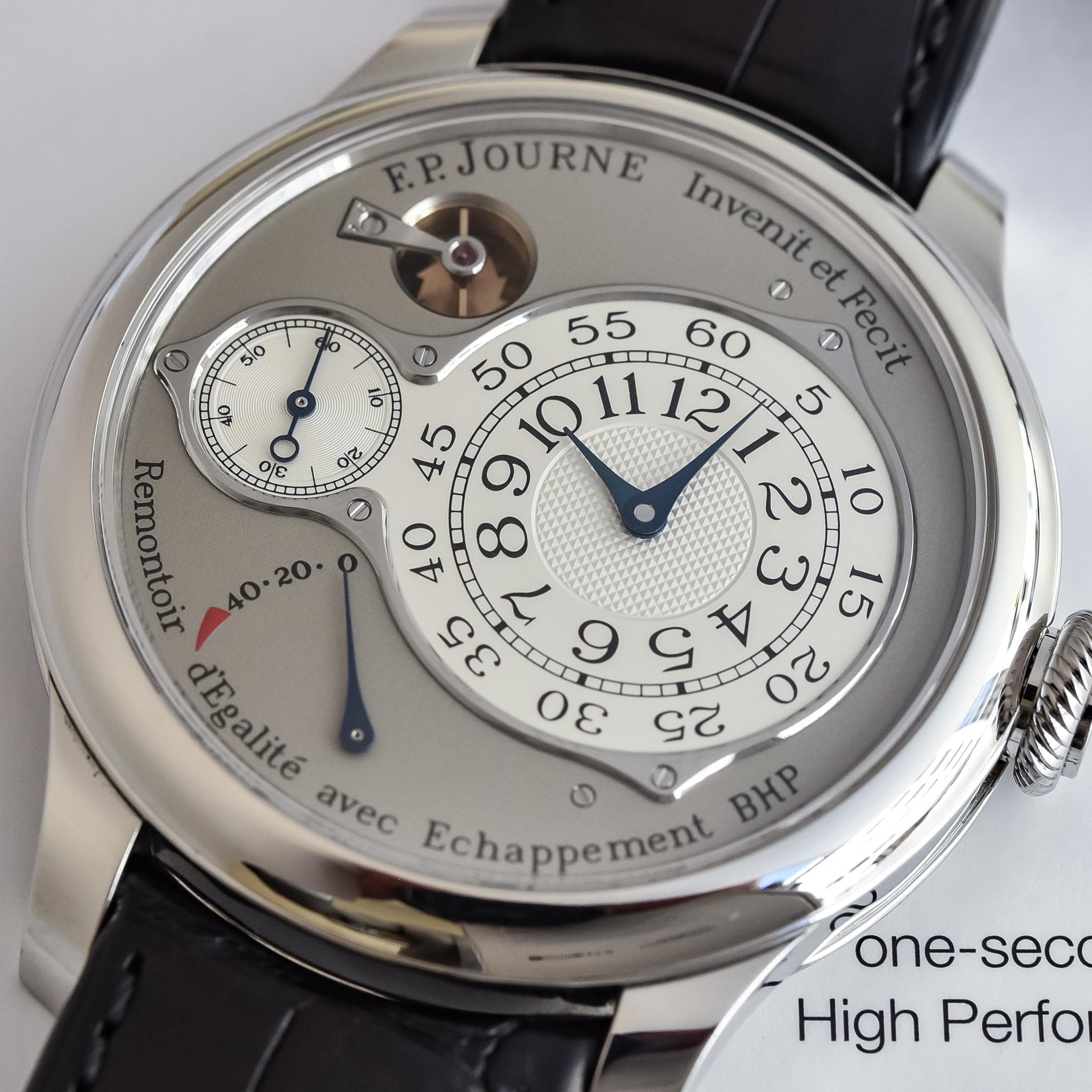
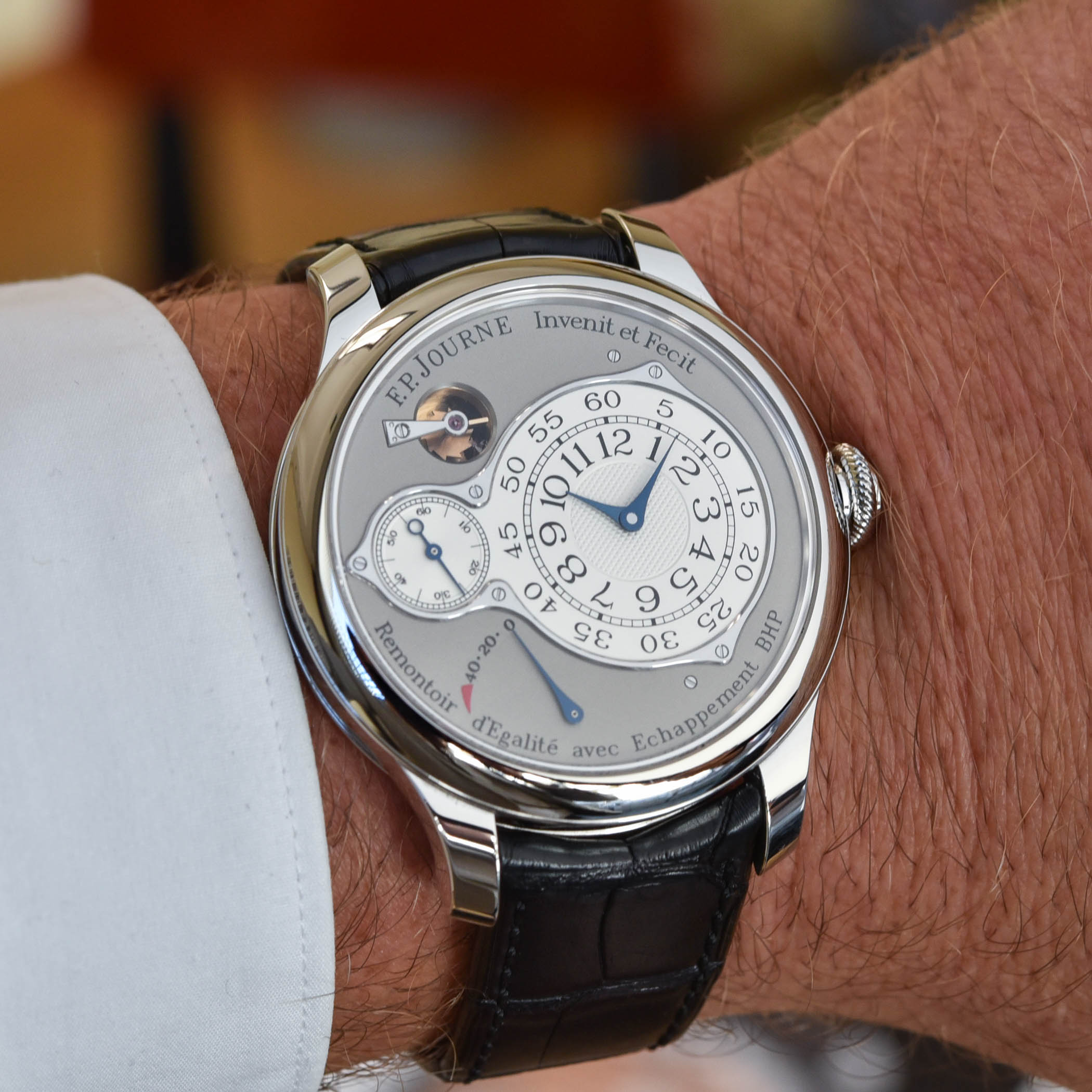




1 response
Soo….. mind to reveal the accuracy of this watch? (for the first 45hrs at least)